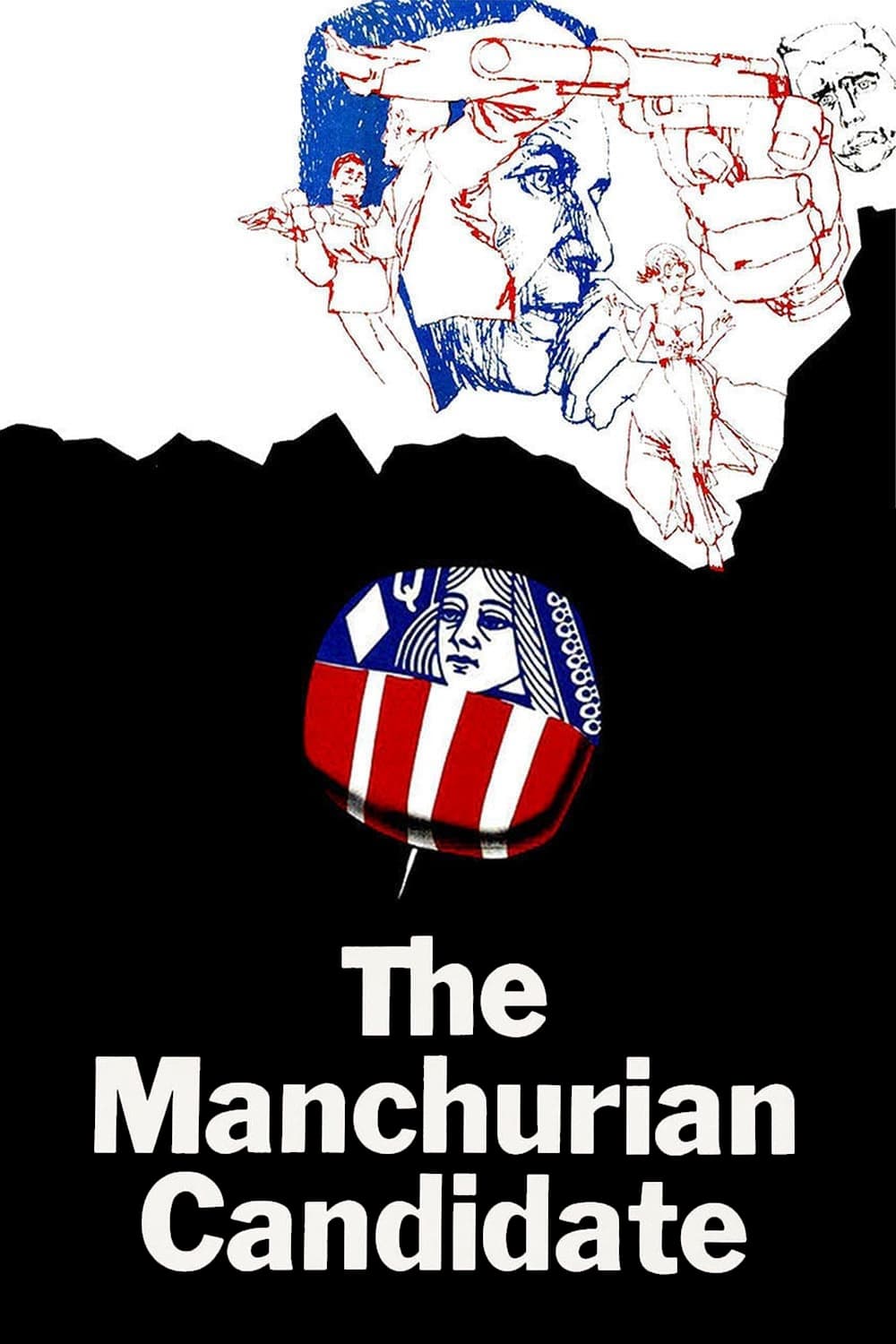On October 24, 1962, while the world held its breath amid the US-Soviet standoff over the discovery of Soviet nuclear warheads in Cuba, a strange film based on a novel by Richard Condon was released in American cinemas. It was titled The Manchurian Candidate and told the complex story of a Soviet and Chinese plot to kill a White House candidate and infiltrate the US government. Frank Sinatra, Laurence Harvey, and Janet Leigh, under the direction of John Frankenheimer, managed to unsettle an America that had emerged from McCarthyism but remained immersed in the Cold War, seeing conspiracies and spies everywhere.
When, a year after the film’s release, Lee Harvey Oswald shot President John F. Kennedy, opening a case that has never truly closed, The Manchurian Candidate had a second life and entered the cult film pantheon. It was so significant that it merited a 2004 remake by Jonathan Demme, featuring actors like Denzel Washington, Meryl Streep, and Jon Voight. Despite the quality of Demme’s film, the 1962 version remained predominant in American collective imagination and film history. The original movie poster featured a unique characteristic: an election pin, a button with the colors of the American flag enigmatically mixed with the image of a playing card.
The pin is the object we propose in this episode of Countdown, the countdown to the American elections in November, because it is the true visual equivalent of the candidate, whether “Manchurian” or not. In American elections, the very idea of candidacy for public office aligns with the production and distribution of election buttons that allow people to declare their political allegiance openly and support a candidate. This tradition of pins and campaign buttons is ancient in the United States. The first metal example dates back to the inauguration ceremony of the first president, George Washington. That button read “Long live the President,” as the former colonies, newly independent from the British Empire, had not yet shed their habits and simply replaced “King” with “President.” The first pins featuring the president’s face date back to Abraham Lincoln’s election in 1860.
The real boom and mass production of election buttons came at the end of the century, during William McKinley’s winning campaign, thanks to a new production method: metal buttons with a pin on the back and celluloid-protected images on the front, resistant to degradation. Since then, pins have proliferated in American elections and are now collectible and study-worthy items. For example, Harvard University’s Kennedy School has one of the most important collections of election buttons and considers them an integral part of the history of American politics.
Marco Bardazzi
Cinematografo, June 12, 2024

